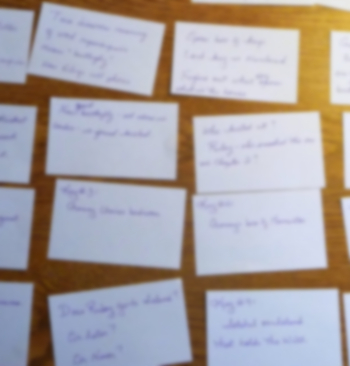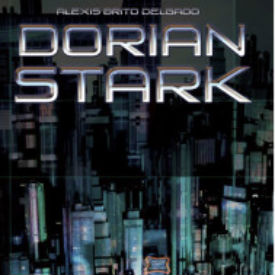Some writers work from an outline, others just wing it. They start at page one and write one scene after another, with only a vague idea of where they’re headed. I know a guy who’s been working on his medieval war novel for nearly ten years, an endless campaign of bloody battles and skirmishes that reads like a bad role-playing game. Last I heard he was nearing 1200 pages, with no end in sight.
I’m of the former category. I need an outline to follow, just like I need maps or painstaking instructions to find my way around town or on the internet. I plan out my novels as diligently as I do my road trips. Writing a novel without an outline is as unlikely for me as leaving the house for a long drive with an out-of-date map in another language.

 Most of my novels follow a predictable life cycle: a seed of an idea leads to scribbles in a notebook that will grow and morph into a vague, messy outline with some character bios and trial scene bits. I may need to do some research at this point – how long does it take for a skeleton to decay if it’s been left in a cabin in the woods? At some point I decide I’m ready for a chapter-by-chapter outline.
Most of my novels follow a predictable life cycle: a seed of an idea leads to scribbles in a notebook that will grow and morph into a vague, messy outline with some character bios and trial scene bits. I may need to do some research at this point – how long does it take for a skeleton to decay if it’s been left in a cabin in the woods? At some point I decide I’m ready for a chapter-by-chapter outline.










1 Comment